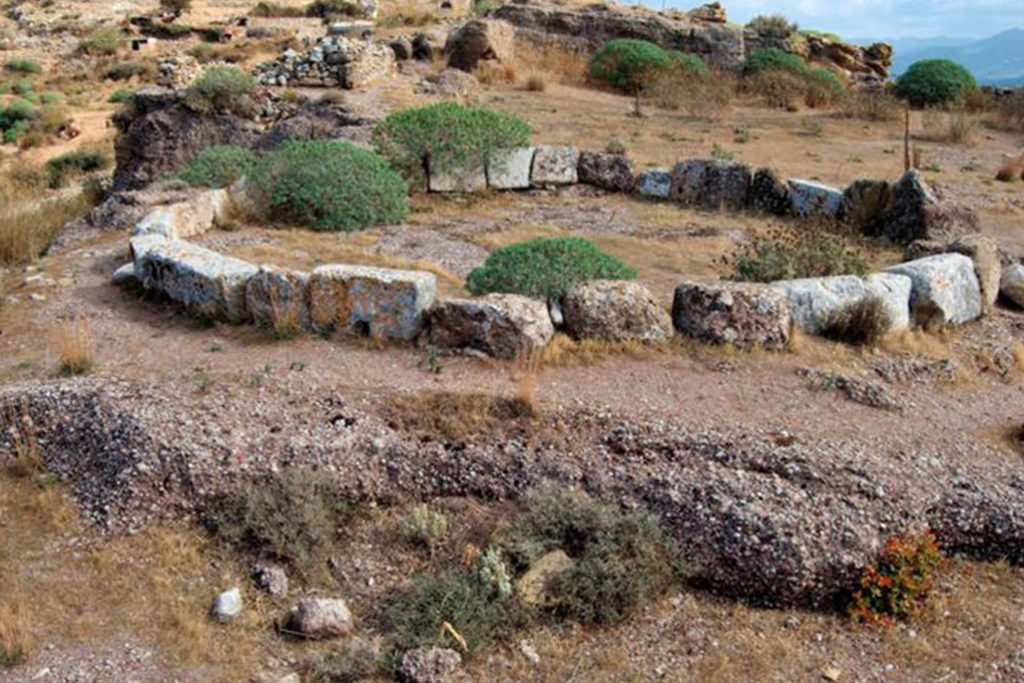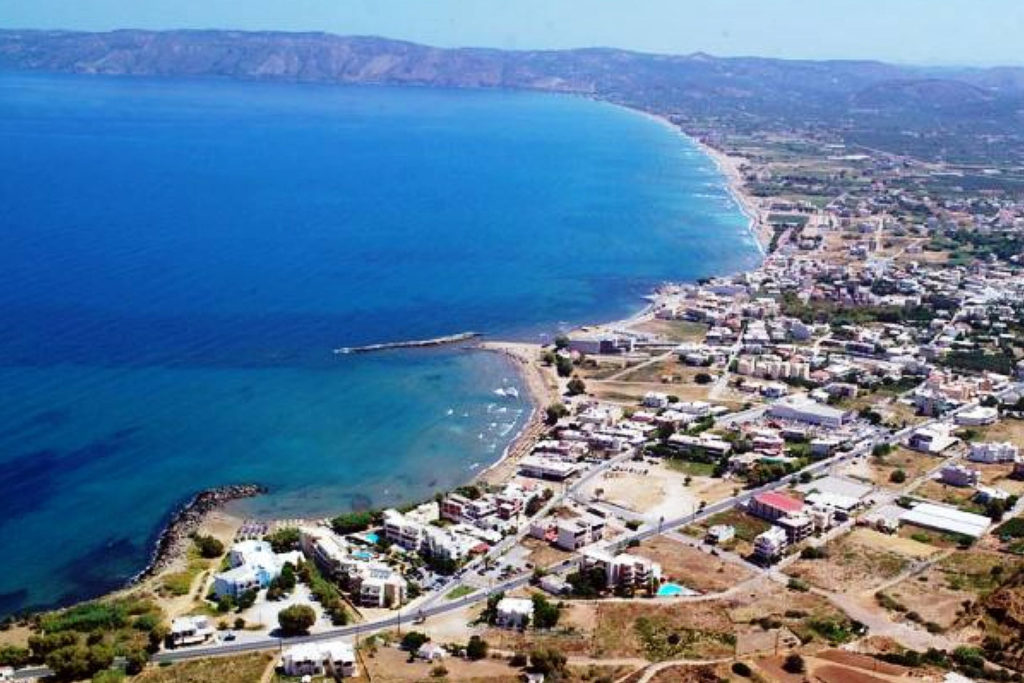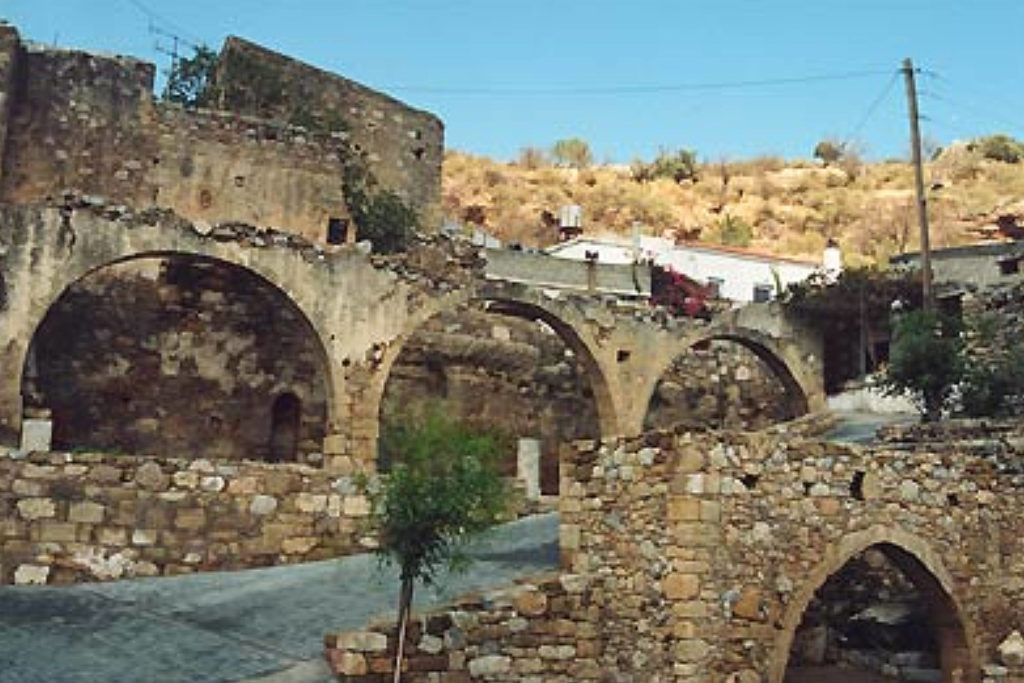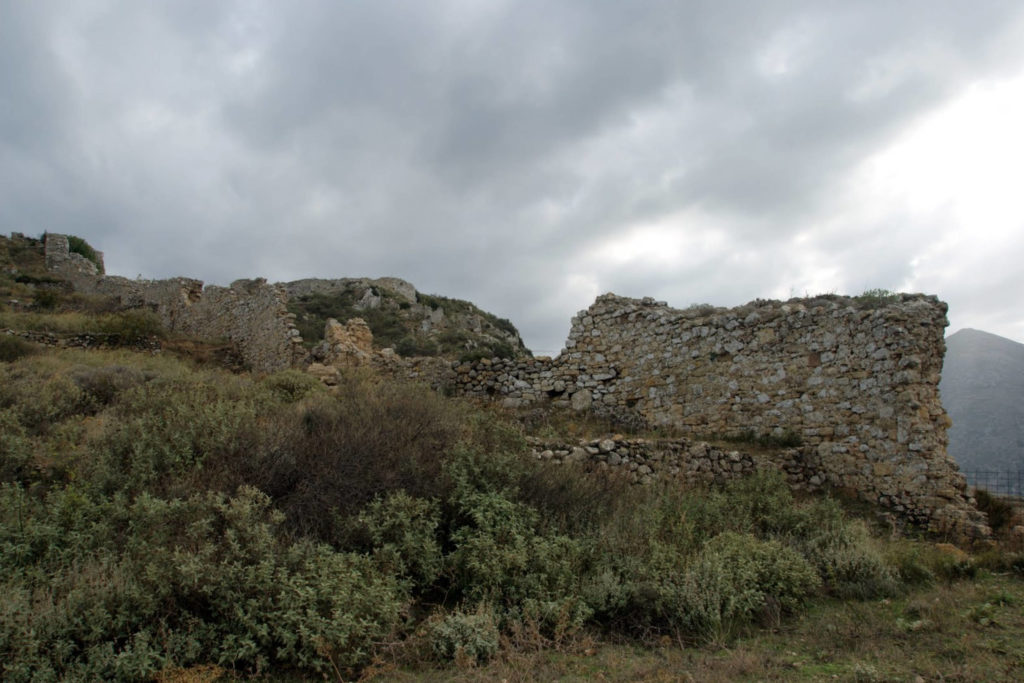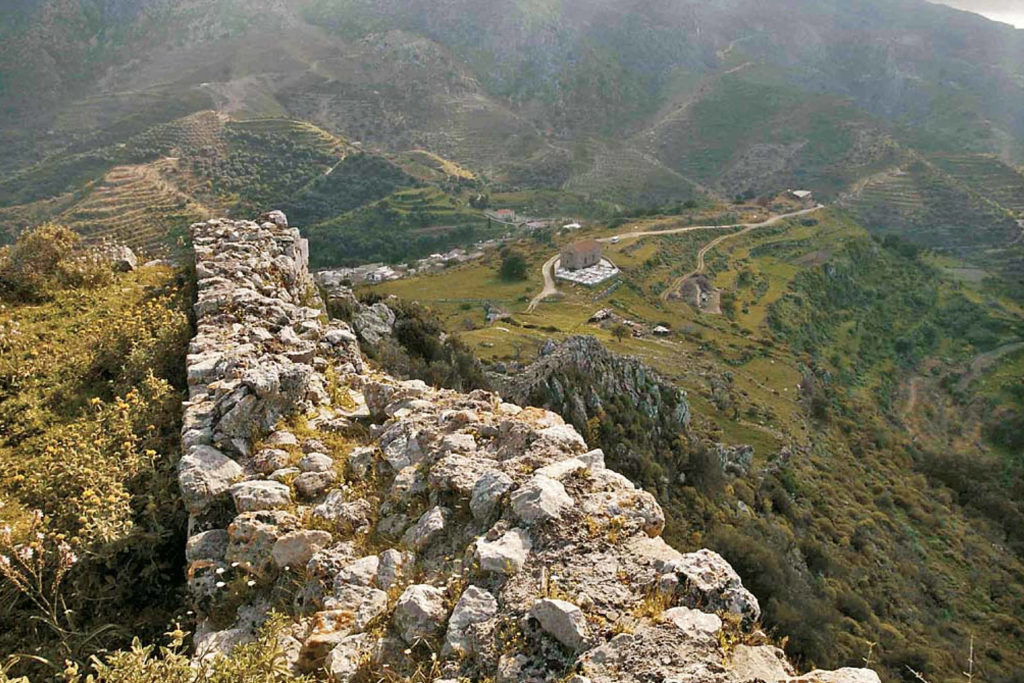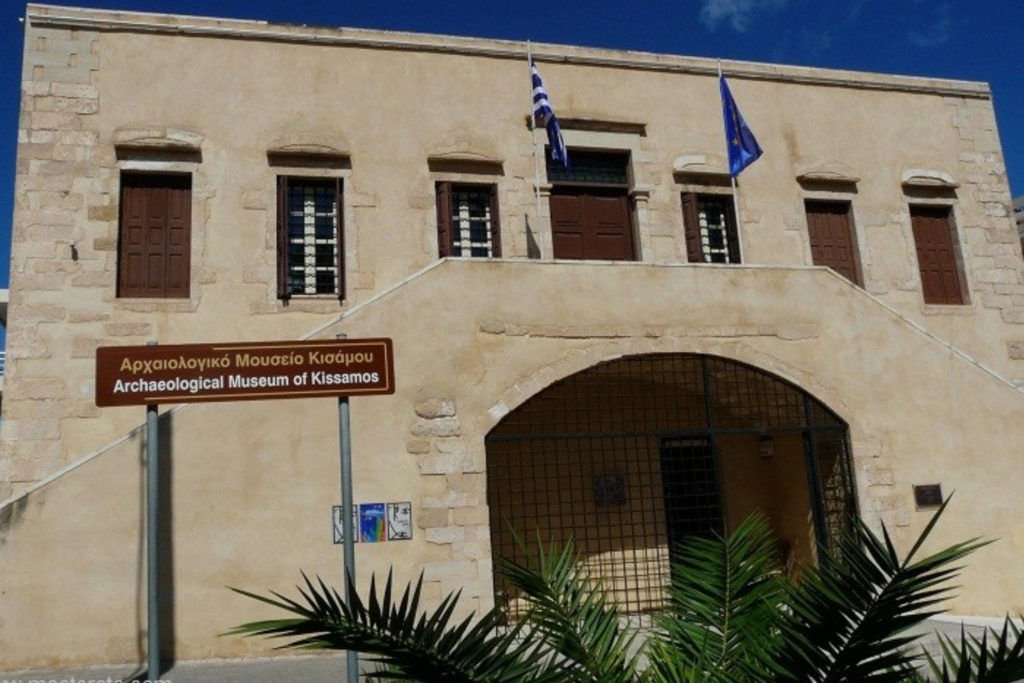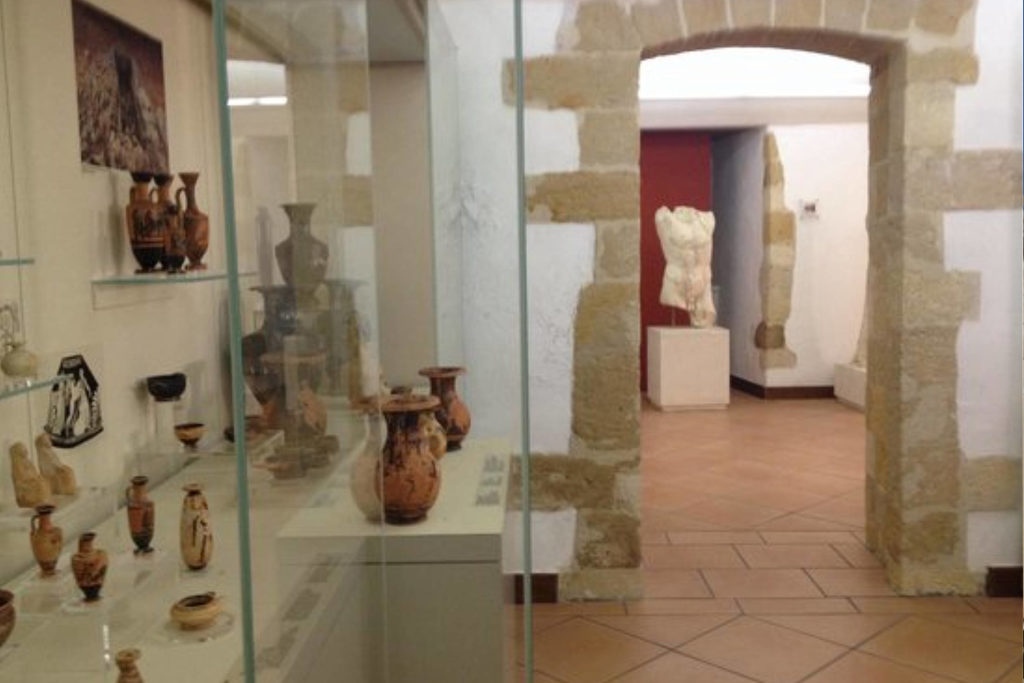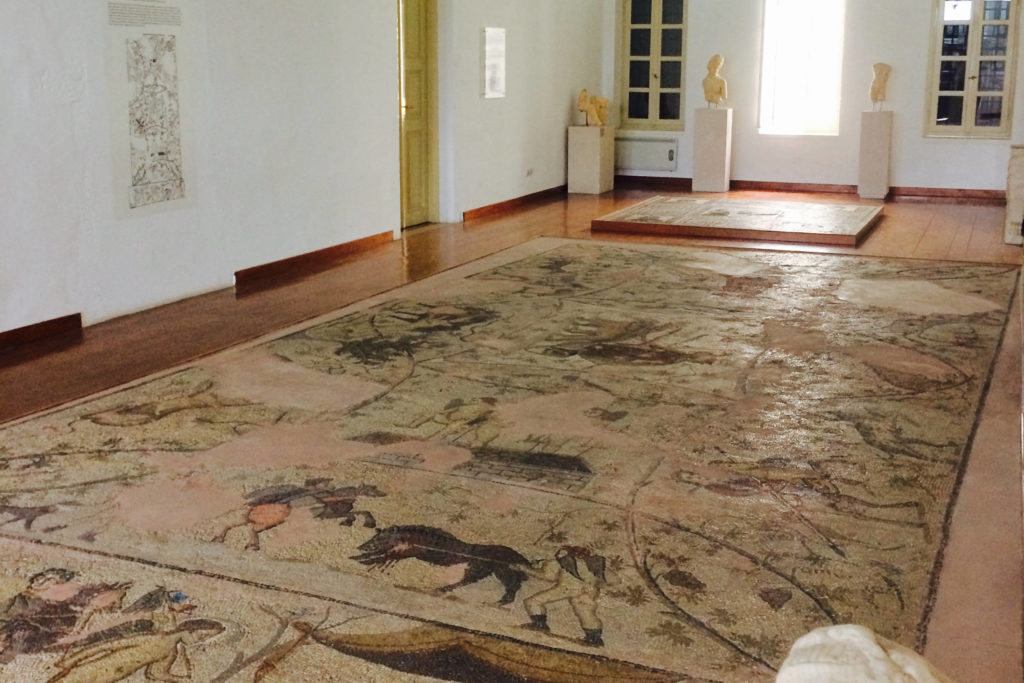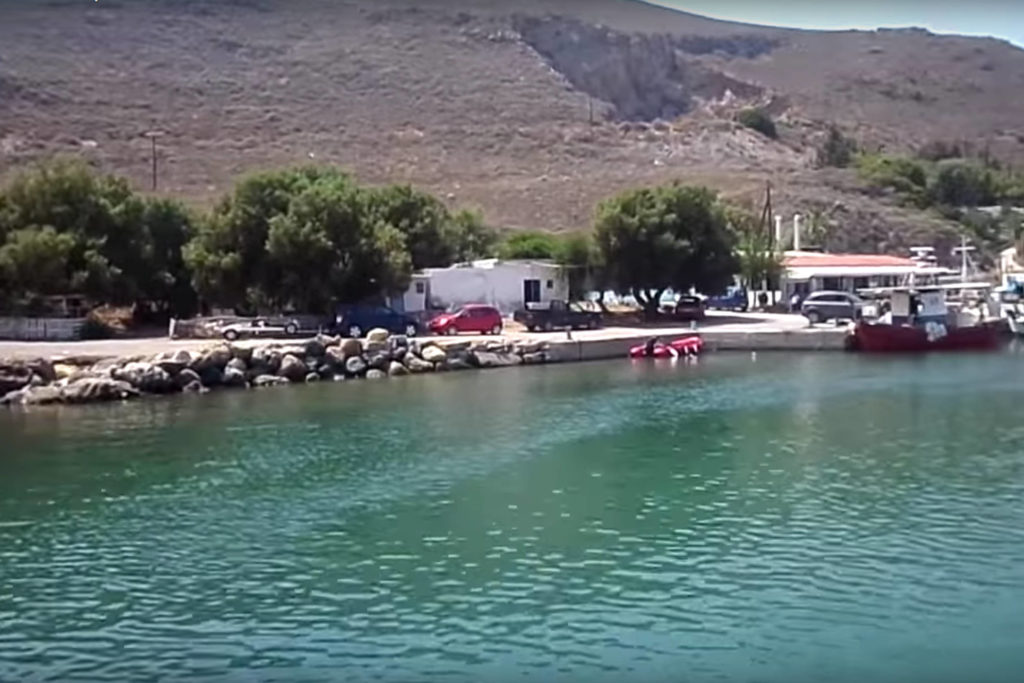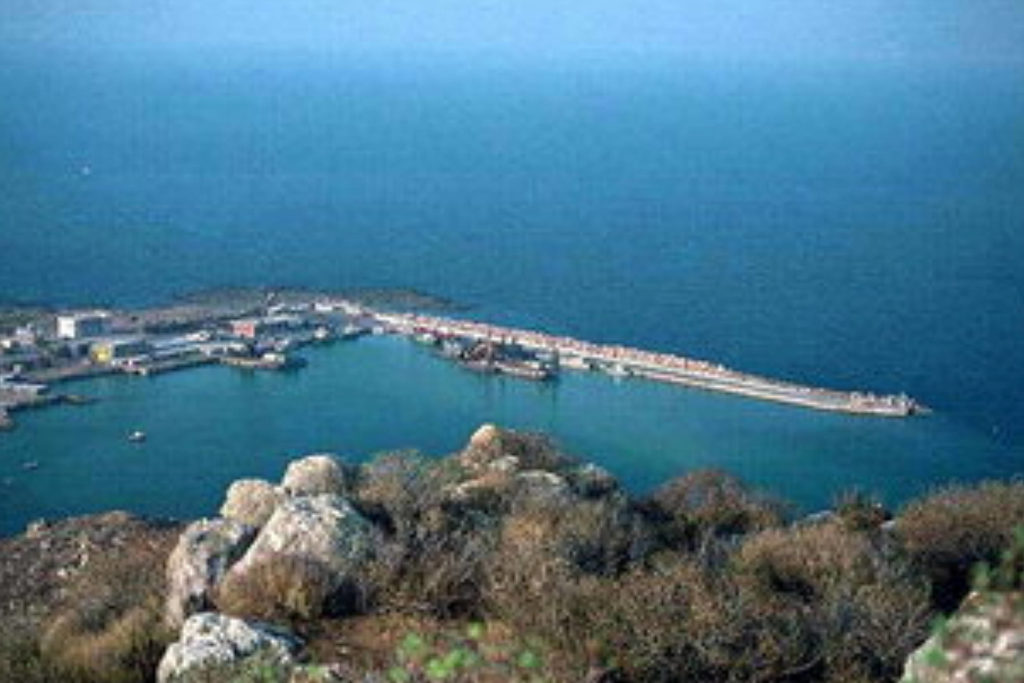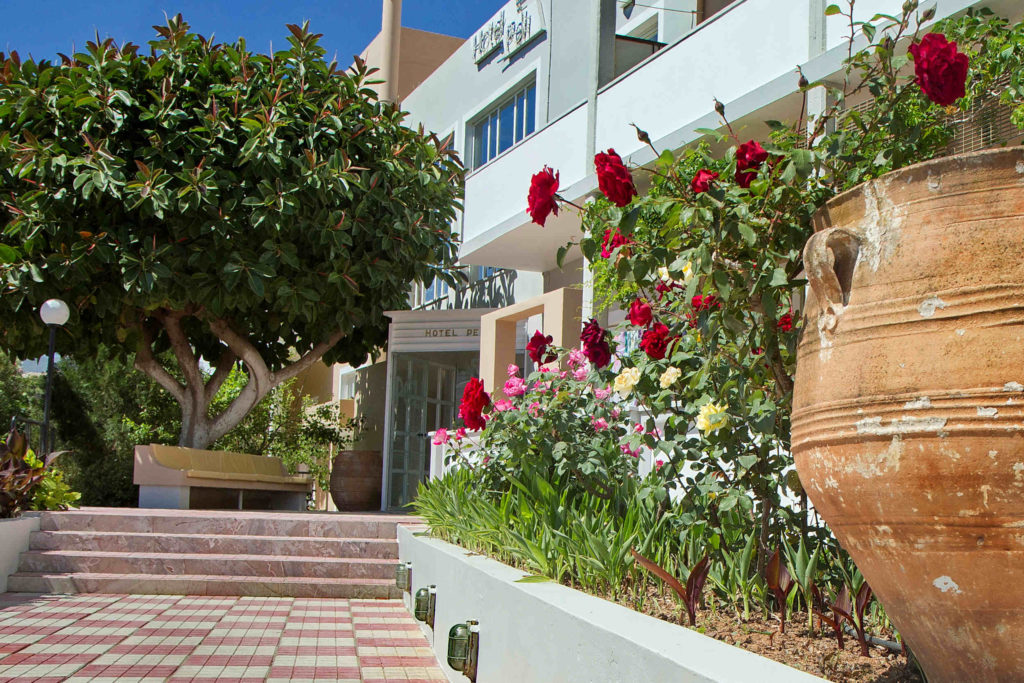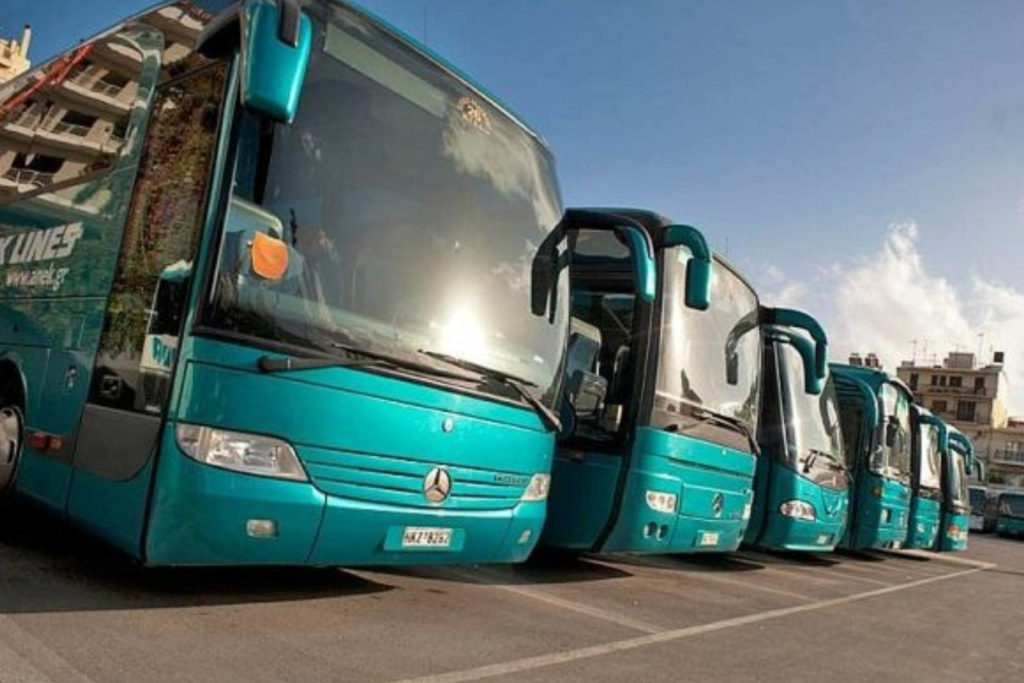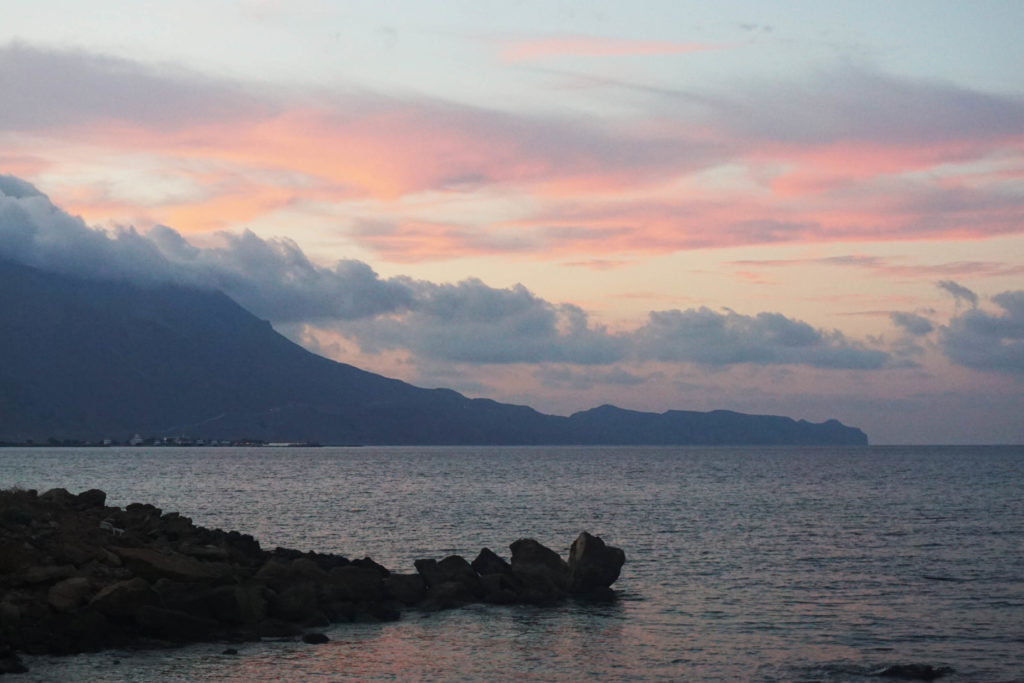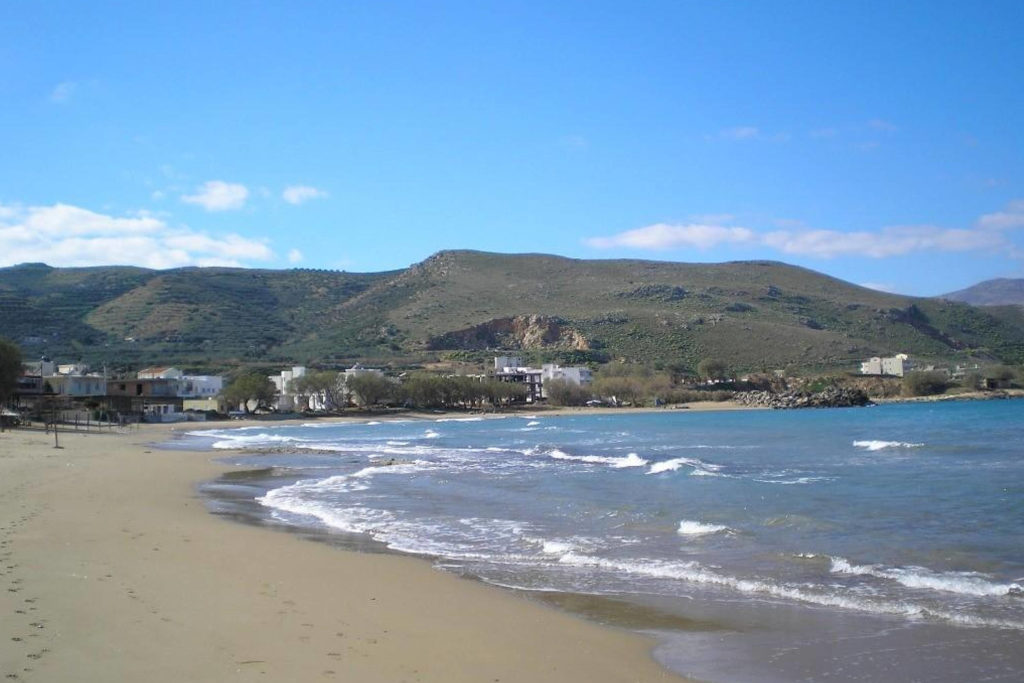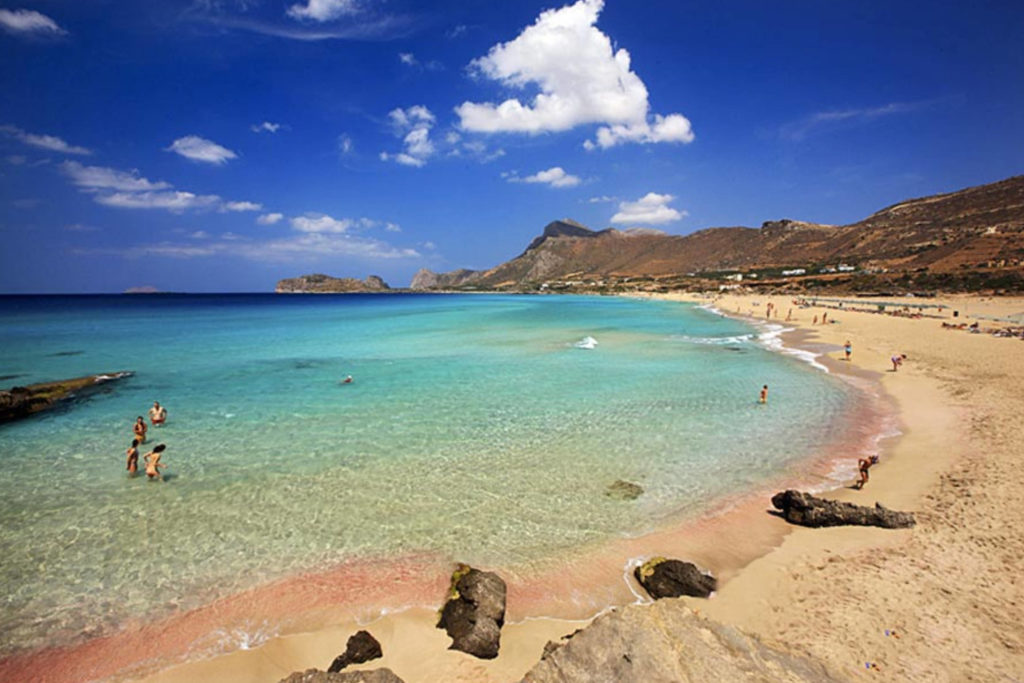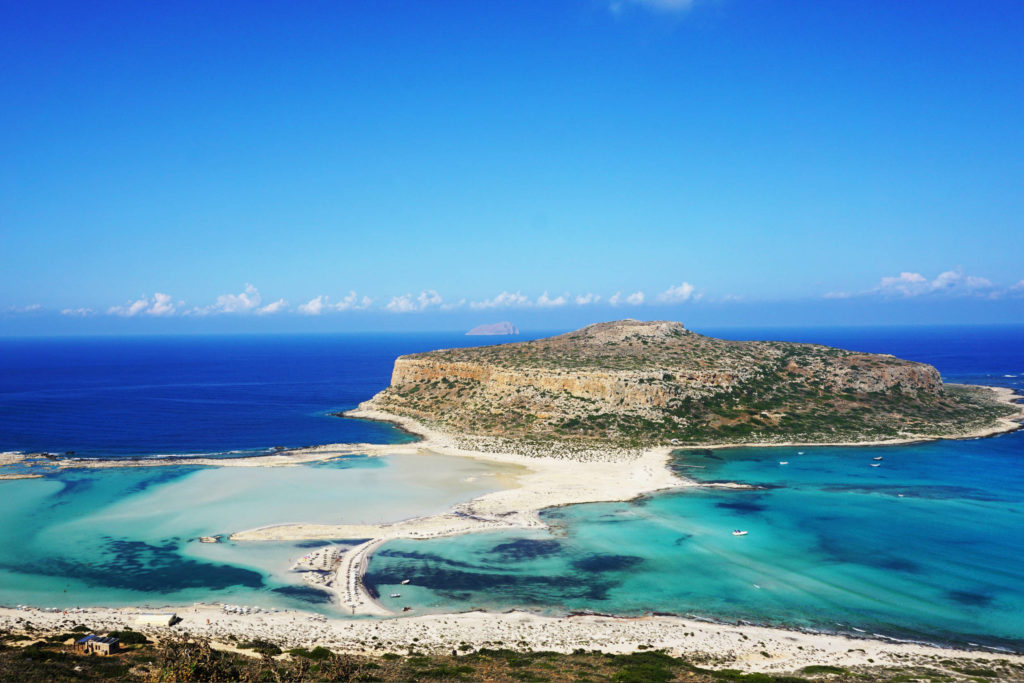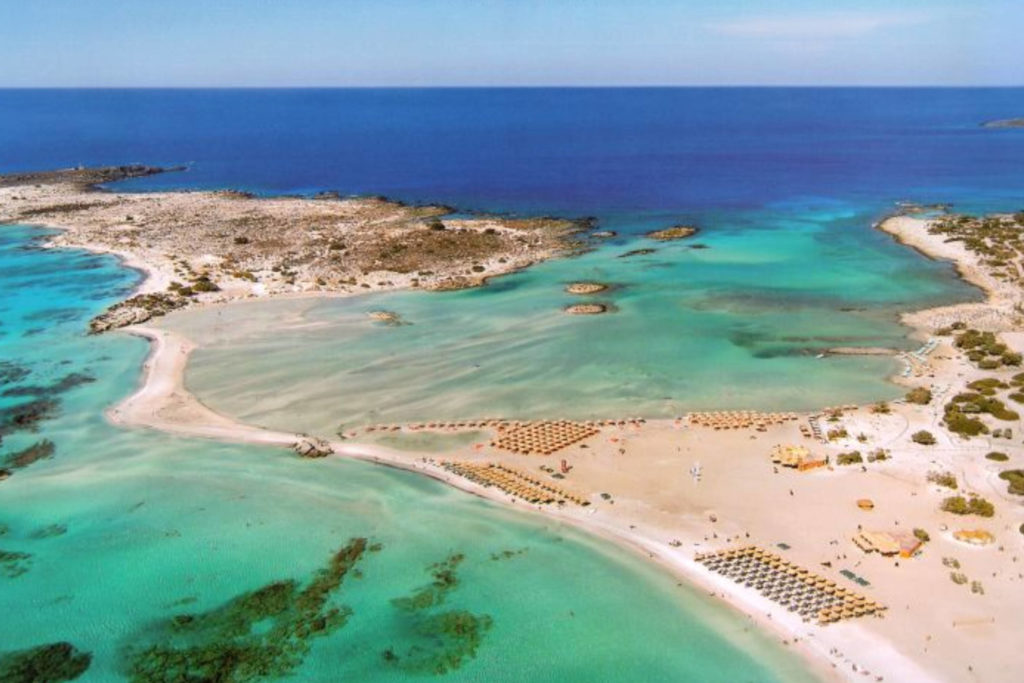Kissamos
Kissamos (Greek: Κίσσαμος) is a town and municipality, multiple (former) bishopric and Latin titular see in the west of the island of Crete, Greece. It is part of the Chania regional unit and of the former Kissamos Province which covers the northwest corner of the island. The city of Kissamos is also known as Kastelli Kissamou and often known simply as Kastelli after the Venetian castle that was there. It is now a port and fishing harbour, with a regular ferry from the Peloponnese via Kythira. A town museum is located in the old Venetian governor’s palace and there have been important archaeological finds in the town, including fine mosaics, dating from the Roman city of Kisamos (Κίσαμος, Latinized as Cisamus). The head town of the municipality (Greek: Δήμος Κισσάμου) is Kastelli-Kissamos itself.
Polirinia
Polirinia was an ancient city-state, near the remnants of which lays nowadays the homonymous Polirinia village, with the name Kissamos. The area was already inhabited since prehistoric times, while the foundation of the ancient city is commonly believed to date around 1,100 BC by Achaean and Laconian settlers. The name “Polirinia” comes from the ancient Greek words “poly”, which means many and “renea”, which means sheep. Therefore, the name implies that the main occupation of the residents of Polirinia was sheep farming.
Polirinia was an ancient city-state with great power, but the same thing was true for its neighboring city-state to the east, Kydonia. During ancient times, ancient Kydonia and ancient Polirinia encountered each other in battle very frequently. However, when the Romans came to Crete, Polirinia moved fast and strategically and made an alliance with them. This gave them an advantage over their neighboring Kydonia city and helped them defeat their opponents, without even leaving time to resist. Thus, the ancient city of Polirinia remained one of the few areas that were not looted and constituted one of the leading cities during the Roman Domination.
